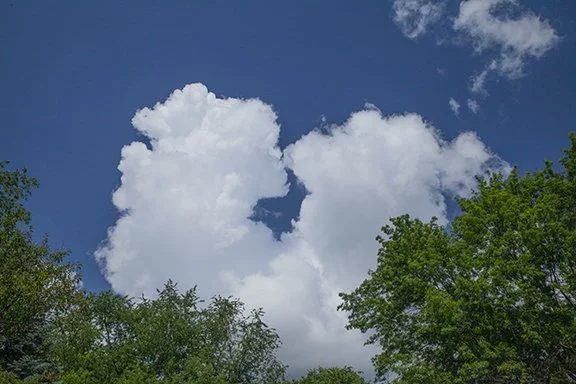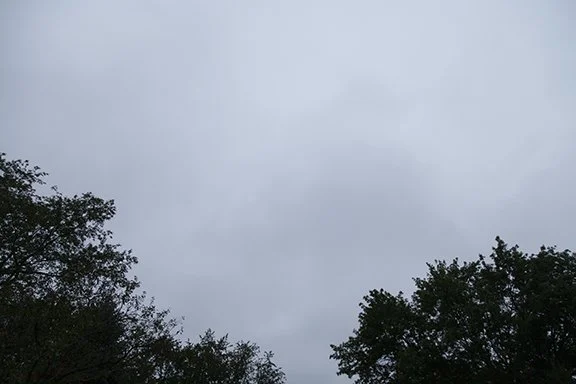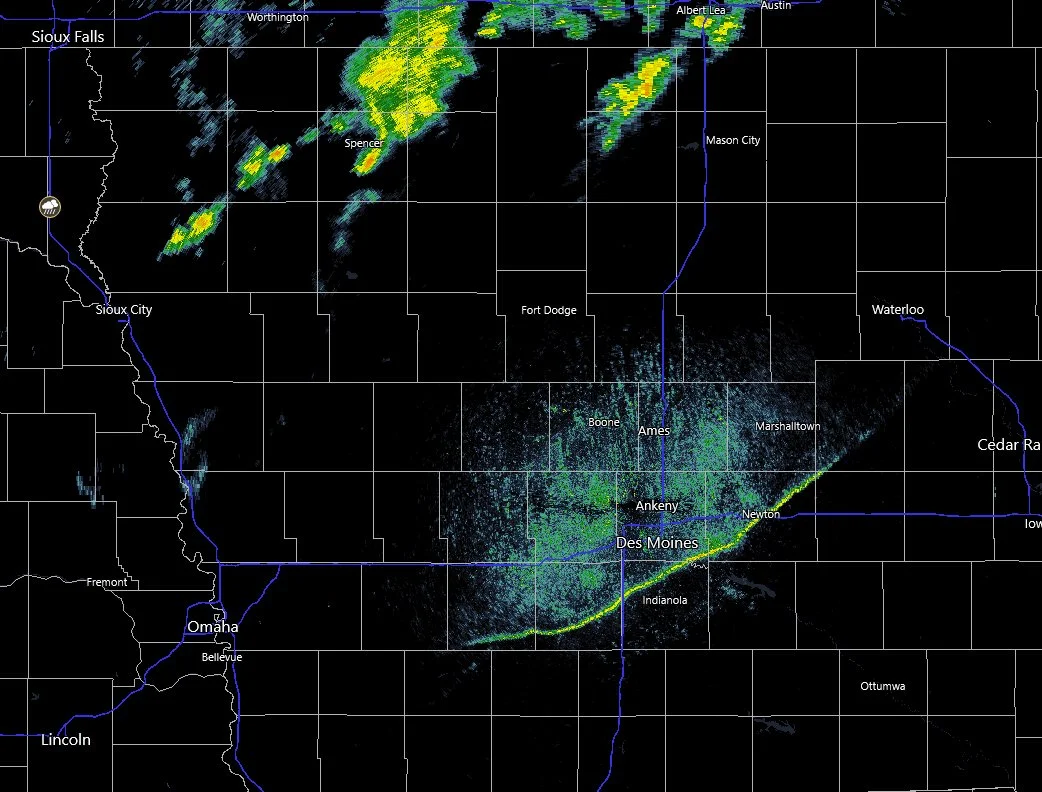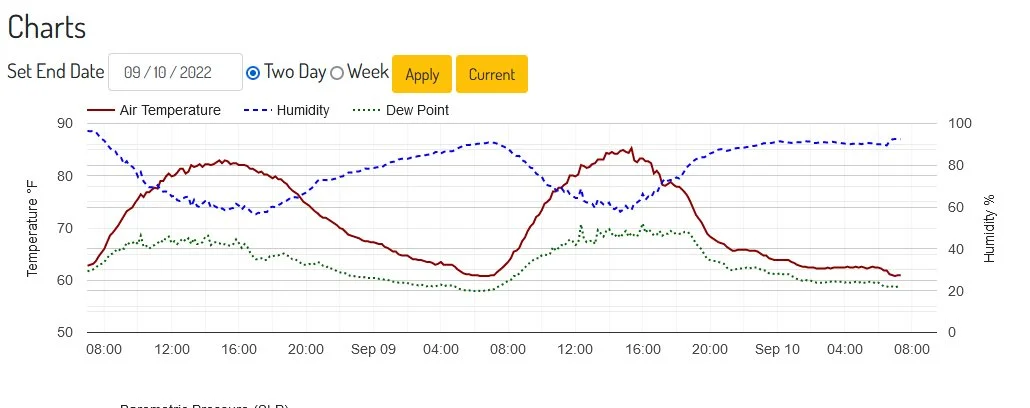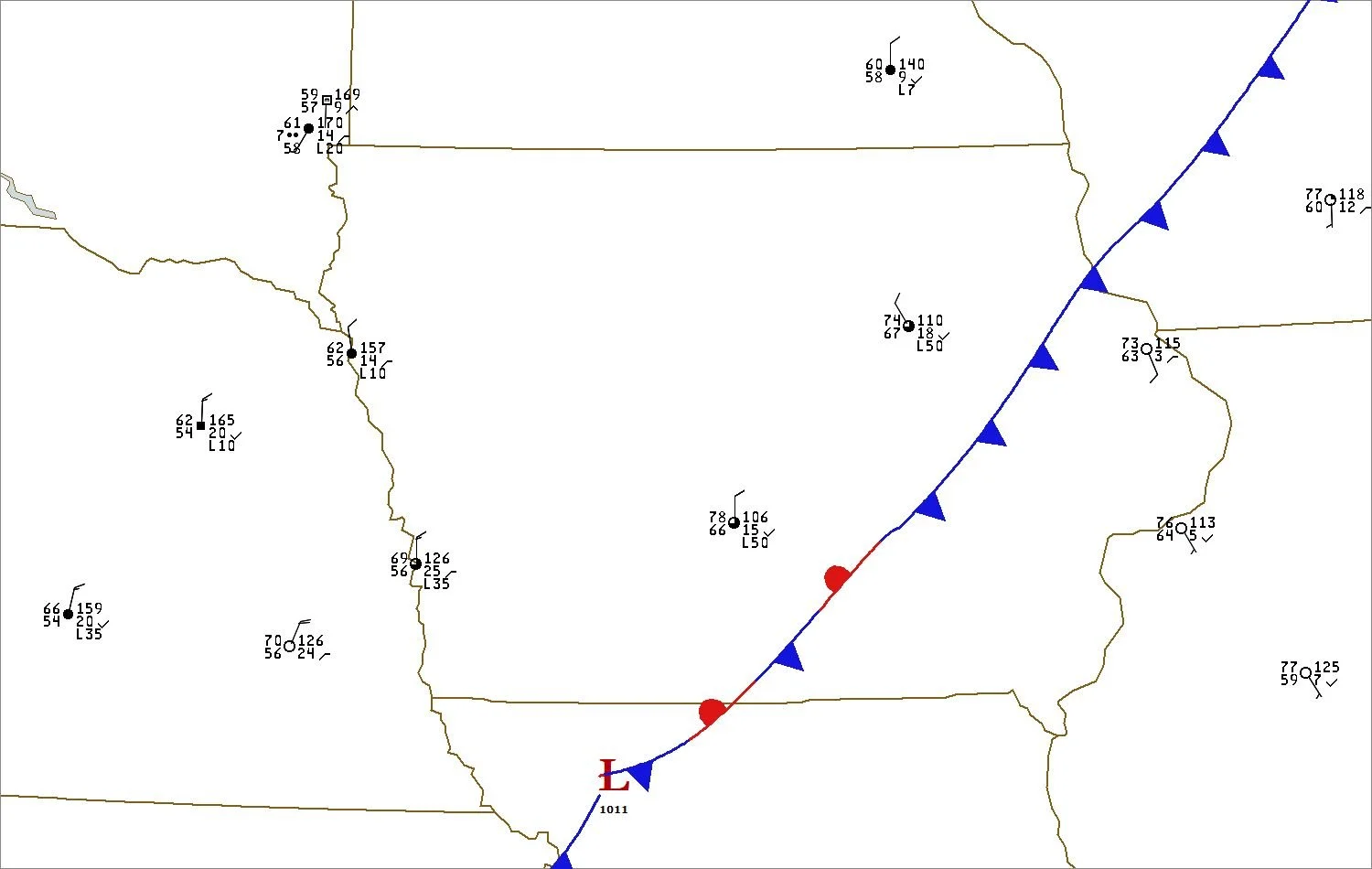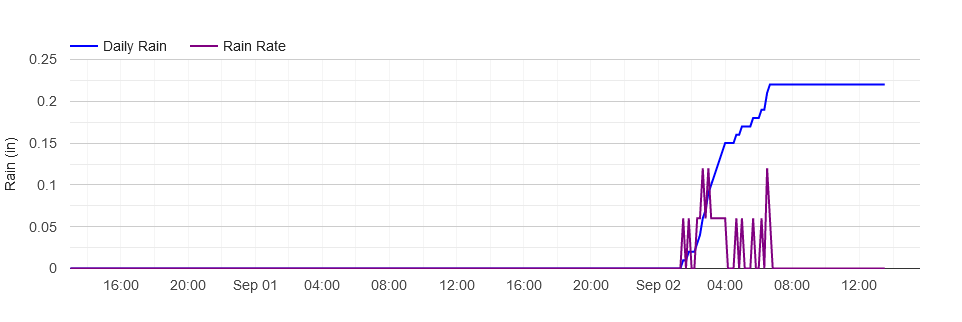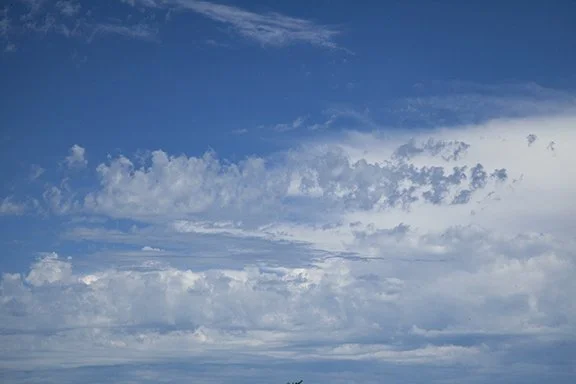Smoke Aloft from the Northwestern U.S.
/The photos below were taken at 6:00 PM CDT this evening. There are no clouds visible but the sky has a smooth white haze from a layer of high level smoke aloft. The Sun is low in the sky to the northwest (to the right and behind the camera) sinking toward the horizon. The sunlight is being scattered by small particles of smoke which give the sky the milky look seen here.
Milky haze from smoke coming from fires in the northwestern United States. This view is looking south. Photo taken at Cedar Falls, Iowa.
The milky haze is seen in the left two thirds of this image. The Sun is sinking toward the horizon behind the trees in the left side of this photo. This view is looking northwest. Photo taken at Cedar Falls, Iowa.
This is the upper air flow at approximately 18,000 feet this morning at 7:00 AM CDT. The air is flowing generally from left to right in a wavy pattern. The smoke from fires in the northwest and western United States, follows the black solid lines from California and the Pacific Northwest to Montana and Wyoming before turning southeast to the Dakotas and Iowa then on t o the Ohio Valley and New England.
The wind barbs on the upper air chart above use the same convention as used on surface weather maps. They are described in our Station Model Plot Tutorial. Each plot is located at a grid point in the model used to make this map. There are no weather observations at each of these points. Instead, data is interpolated from observations, either from weather balloons or from data gathered by weather satellites and estimated for each grid point. The wind barbs include ‘feathers’ which show the wind speed and the air flow parallels the barbs along the solid black lines on the chart.


















